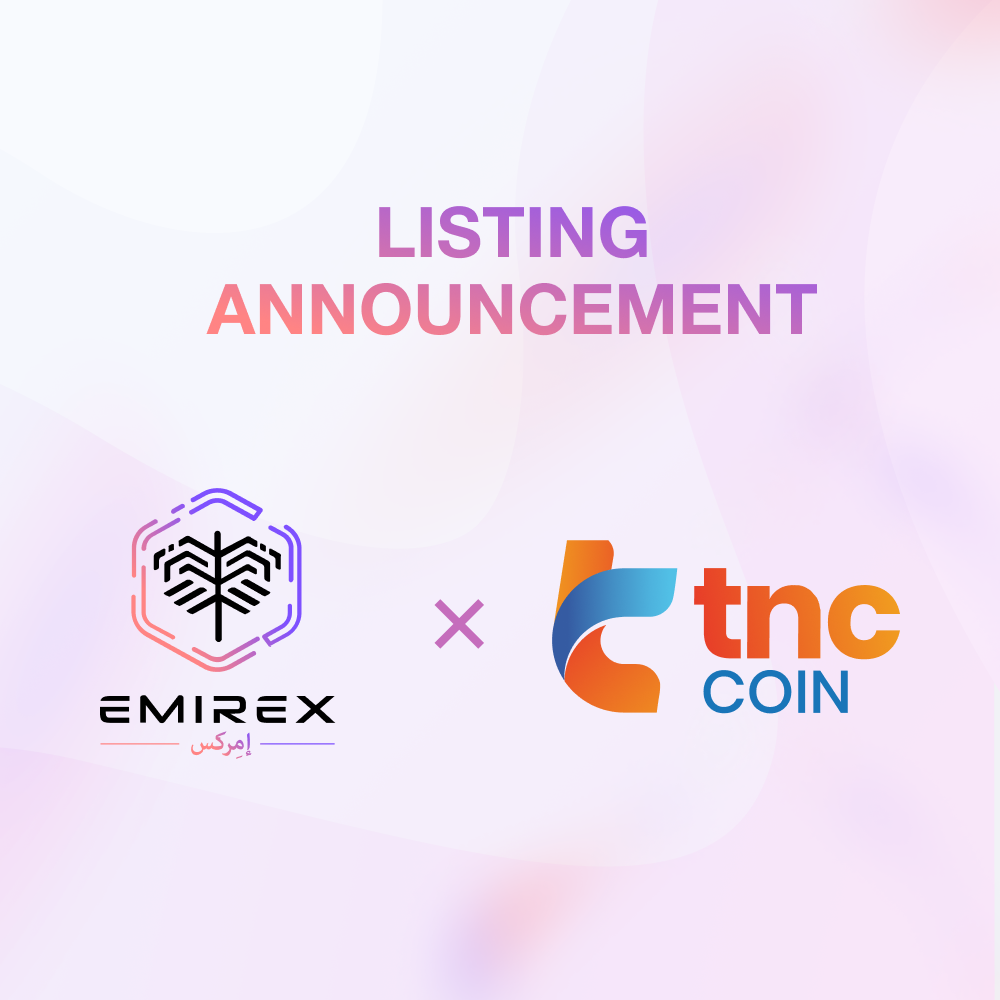Brief:
- Arbitrage in cryptocurrencies takes advantage of the fact that cryptocurrencies can be priced differently on various exchanges.
- So-called “Arbitrageurs” can trade on many exchanges or execute triangle arbitrage on a single platform.
- Slippage, price volatility, and transfer fees are all risks linked with arbitrage trading.
Introduction
There are many ways to generate profit in trading, one of those ways is Arbitrage. This guide will help you learn what the major problem in crypto arbitrage is and what you should understand when beginning your cryptocurrency arbitrage operation.
Arbitrage is a trading strategy in which a commodity is purchased through one market and immediately sold for a profit in another, capitalizing upon its price difference. It is a relatively low-risk trading approach that relies on price disparities across markets.
In theory, the cryptocurrency’s value must be the same on Emirex and other exchanges, whatever difference between the two is an incentive for arbitrage. This is a frequent trading method, but it has been used mainly by huge financial firms. However, with the decentralization of financial markets brought about by cryptocurrencies, crypto traders may be able to benefit as well, and many do!
Gains in arbitrage trading are often small and rely primarily on speed and volume per transaction. As a result, the majority of arbitrage trading is carried out using algorithms created by high-frequency trading (HFT) exchanges.
What Is Arbitrage Trading?
Arbitrage trading is a trading method that tries to make money by simultaneously purchasing and selling a commodity in two different markets. This is most typically done by trading identical assets on various markets. Because these financial assets are fundamentally the same asset, the price difference between them should be zero, but it rarely is!
The problem for an arbitrage trader, or arbitrageur, is not just detecting — but also trading these pricing anomalies fast; that’s because other arbitrage traders are likely to notice “the spread”, so the profit window will generally close very quickly. Likewise, while arbitrage trades are frequently low-risk, the benefits are usually low as well.
Types of Arbitrage Trading
Traders use a variety of arbitrage tactics in a variety of marketplaces. When it comes to crypto traders, there are a few different varieties that are often employed, they are:
Exchange Arbitrage
Exchange arbitrage is the most prevalent sort of arbitrage trading, in which a trader buys a crypto asset on one exchange and sells it on another.
The price of cryptocurrencies changes frequently and varies slightly on different exchanges, which is where arbitrage traders come in and they immediately try to exploit these small differences for profit.
Example: There is a Litecoin pricing anomaly between Emirex and another exchange. An arbitrage trader will purchase Litecoin on the lower-priced exchange and sell it on the higher-priced exchange. Speed and accuracy are critical, and exchange arbitrage chances often have a narrow time frame.
Funding Rate Arbitrage
Whenever a user purchases crypto and protects its fluctuation with a futures option in the very same token with a funding rate smaller than the cost of acquisition, this is referred to as Funding Rate Arbitrage. In this situation, the cost refers to any fees that the position may incur. Learn more about types of trading on the Emirex blog.
Example: If you hold Bitcoin Cash and the price of Bitcoin Cash is going to fluctuate a lot, you can hedge your price exposure by selling a futures contract for the same value as your Bitcoin Cash investment. Let’s say the funding rate for that contract pays you 1.5%. That would mean you’d get 1.5% for owning Bitcoin Cash without any price risk, resulting in a profitable arbitrage opportunity.
Triangular arbitrage
When a trader observes a price difference between three distinct cryptocurrencies, he or she swaps them for one another in a cycle. The concept of triangle arbitrage stems from attempting to profit from a cross-currency pricing discrepancy (such as ETH/ADA).
Example: You could buy Ethereum with your ADA, then buy Litecoin with your Ethereum, and finally buy back ADA with Litecoin. If the relative value between Ethereum and Cardano doesn’t match the value each of those currencies has with ADA, there’s your arbitrage opportunity!
The Pitfalls of Arbitrage Trading
While arbitrage trading is regarded as relatively low-risk, it is not risk-free:
- The execution risk is the most serious risk connected with arbitrage trading which may result in zero if not negative returns. These may occur as a result of late processing, extremely large transaction costs, slippage, a rapid spike in fluctuation, and other factors.
- Another significant risk associated with arbitrage is liquidity risk. This occurs when there is insufficient liquidity to allow you to enter and exit the markets required to accomplish your arbitrage.
Closing Line
As always, appropriate risk management is critical and Emirex advises you to always do your research and take caution of the risks before trading. Please keep in mind that looking into arbitrage trading in the crypto business might be a low-risk way to make a fast buck. Nevertheless, it is a system that demands extensive analysis, preparation, and commitment. That might not be suitable for everybody, and there is no promise of profitability. If you still have questions about arbitrage trading, the Emirex community can answer your questions. Join our telegram chat here!






